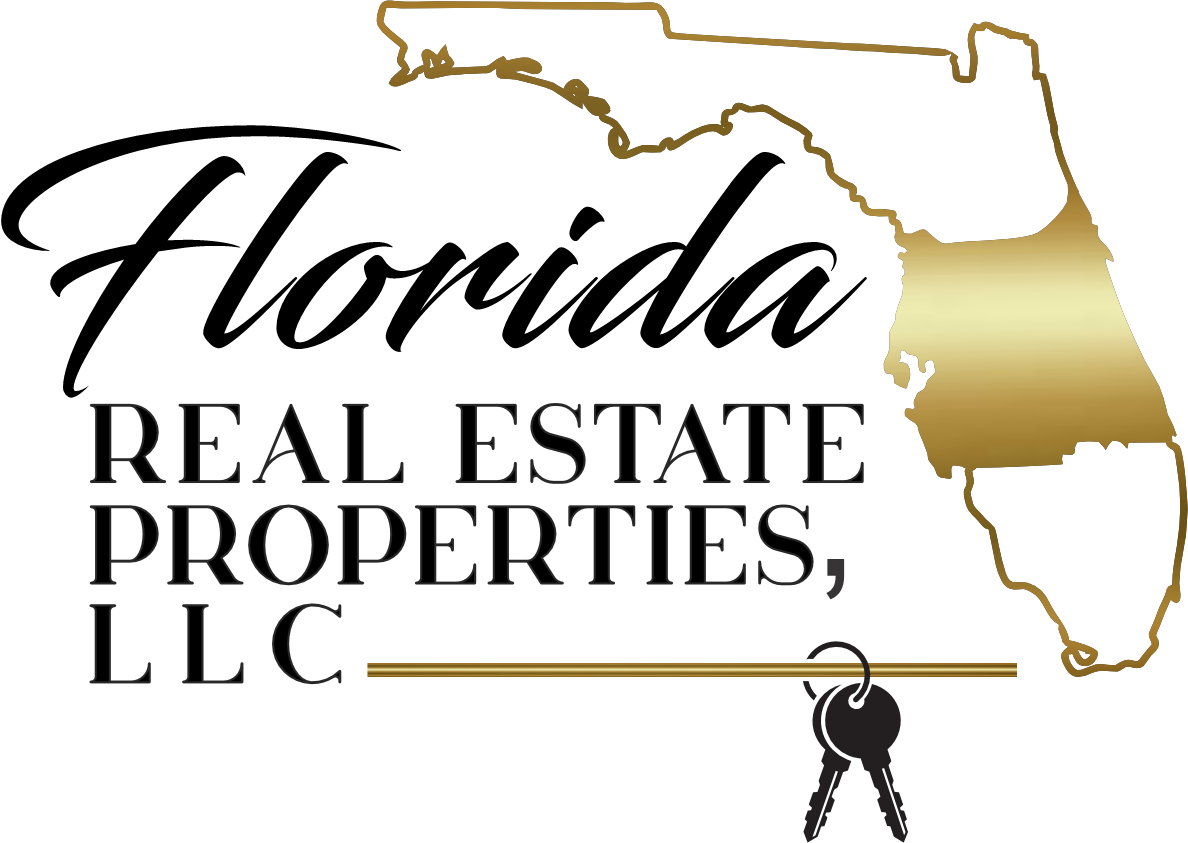
When searching for a new place to call home, whether you’re buying or renting, location, price, and layout are usually top priorities. However, one factor that is often overlooked is the amenities offered within the community. These shared features can significantly enhance your quality of life and impact the long-term value of your investment.
In this blog, we’ll explore why amenities matter, how they influence your decision-making process, and what they mean for your Homeowners Association (HOA).
What Are Community Amenities?
Community amenities refer to shared features and facilities provided within a residential development. These may include:
- Pools and clubhouses
- Gyms or fitness centers
- Parks and playgrounds
- Walking trails
- Tennis or basketball courts
- Gated security or concierge services
- Event spaces or business centers
These amenities are designed to improve lifestyle, convenience, and sometimes even safety for residents.
Why Amenities Should Factor Into Your Decision
- Lifestyle Enhancement
Amenities contribute directly to your day-to-day life. For instance, a pool might mean more family fun during the summer, and an on-site gym can save you time and money on a separate membership. - Convenience
Having amenities like a dog park or package locker on-site can make a big difference in daily routines, especially for busy professionals or families. - Resale or Rental Value
Homes in communities with desirable amenities tend to retain their value better and can be easier to sell or rent in the future. - Community Engagement
Shared spaces like clubhouses and event halls create natural gathering places for neighbors, promoting a stronger sense of community.
The HOA Connection
While amenities are a major perk, they’re also maintained and managed by the Homeowners Association (HOA). Here’s what that means for you:
1. HOA Fees Fund the Amenities
Pools don’t clean themselves, and gyms don’t restock their own equipment. HOA fees are used to maintain these shared assets, ensuring they’re safe, clean, and operational.
2. Amenity Access May Come With Rules
From guest policies to hours of operation, each amenity has guidelines set by the HOA. Understanding these rules before you move in can help you avoid surprises later.
3. Voting Power and Input
As a homeowner, you may have a say in how amenities are updated, used, or expanded through HOA meetings and votes. As a renter, you might not have voting rights, but you still benefit from good management and upkeep.
4. Long-Term Planning and Reserves
HOAs are responsible for planning future upgrades and setting aside reserves for major repairs. Communities with well-maintained amenities often reflect a financially healthy HOA.
Questions to Ask Before Making a Decision
- What amenities are available in the community?
- Are there any upcoming amenity upgrades or projects?
- What portion of HOA fees is allocated to amenity maintenance?
- Are there restrictions or extra costs for using certain facilities?
- What’s the process if an amenity needs repair or replacement?
Final Thoughts
Community amenities are more than just nice-to-haves, they’re an extension of your home. They can elevate your daily experience, foster relationships, and even boost property values. But they also come with shared responsibilities, primarily handled through the HOA.
By understanding the relationship between amenities and the HOA, you’ll be better equipped to make an informed decision, whether you’re buying your forever home or renting for a few years.



Leave a Reply